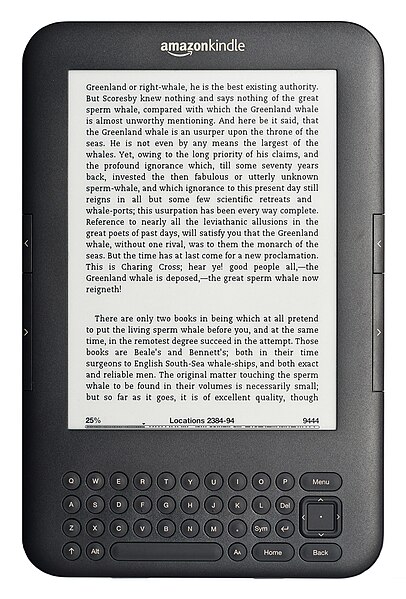Reposting my earlier post from Jan 2012. How far we have reached with the below predictions ?
----
I was encouraged to write this post by the influx of articles relating to predictions about Cloud computing in 2012. A common theme surrounding most of them is the rise of PaaS (Platform as a Service). While 2010 and 2011 was spent in understanding the real impact of IaaS and the value it brings, 2012 is destined to be the year when PaaS comes out of the closet with mass acceptance. Following are my ideas on what PaaS would be like in 2012 :-
1. Domain specific PaaS
A domain specific PaaS would allow organizations of all types to build software infrastructure over existing domain platforms. Lets talk about Telecom domain. There are various IT implementations that need to be built, maintained and supported on a daily basis for a telecom provider. These include provisioning, charging, customer on boarding, analytics, customer service and support, value added services etc. All such application environments need to have a common infrastructure of reusable components ready to be deployed and orchestrated to create solutions. A Telecom PaaS would provide telcos an unprecedented access to scale, grow and utilize the best practices of the industry without reinventing the wheel. This would create level playing opportunities for telecom providers of all sizes. Imagine how it would affect other verticals - Manufacturing, Egovernance, Logistics, Retail etc.
2. PaaS enabler buzzword
IaaS platforms would attempt morphing into PaaS enablers. This would allow organizations to create PaaS platforms for the specific business needs at will. Currently the approach the organizations take in this regard : Use existing / Implement an IaaS layer, create application provisioning infrastructure, support deployment of apps on demand etc. However there are challenges that stand before a perfect implementation of PaaS environments using the traditional means. No longer organizations need a bespoke implementation of application provisioning and deployment automation. IaaS players would allow customers to start building these platforms. A lot of traction is already visible in this space. More on this in the next point.
3. Platform-enable anything
The rise of API enabling eco-system to drive the functionalities over a service has been the biggest driver of innovation. Social networks are the living breeding example of such a revolution. PaaS enablers and newer platform services would create opportunities for organizations to platform enable their services at a fast pace. This would allow a faster time to market and easier setup process. Currently this process requires a strategic cap-ex based approach for its implementation. Its not for the weak hearted. A sustainable process to create platforms for service eco-system is the need of the hour. Take example of an Ecommerce enterprise :- With PaaS enablers, the enterprise would be able to create platform for hosting applications built by third-party developers using its services.
What do you think of this trend ? Share your comments and ideas.
In the next post, I would like to touch upon Domain specific clouds in more detail. More on this later.



